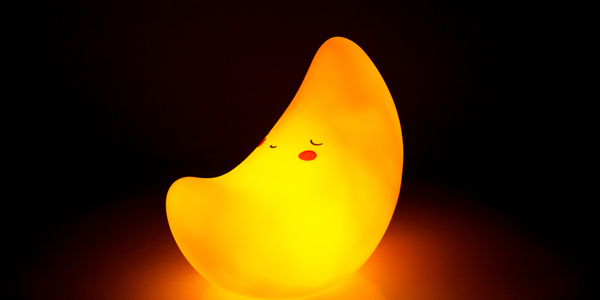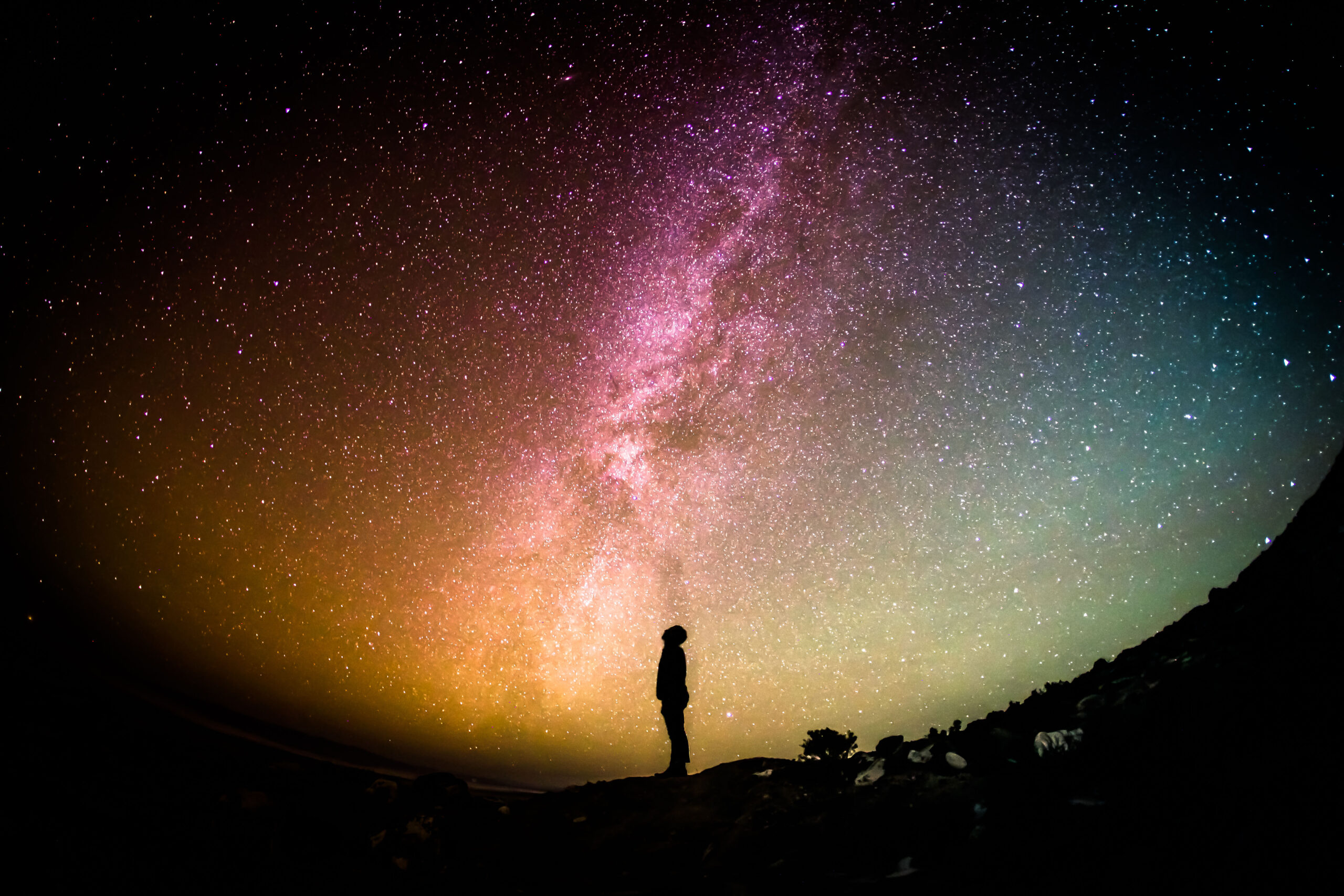Last Updated on August 12, 2024 by Mandy Gurney
How Evening Lighting Affects Your Baby’s Sleep: Tips for Better Nighttime Rest
Darkness plays a crucial role in our ability to achieve restful sleep.
Our body clock is closely synchronised with the rising and setting of the sun, keeping us alert during the day and signalling when it’s time to sleep at night. However, in our modern world, artificial lighting and screens have extended our days and become an integral part of our evening routines. This enables us to stay awake and utilise our time with activities such as exercising, working, or watching our favourite programmes late into the night. While this convenience is undeniable, it can interfere with our natural rhythms and can cost us our sleep quality.
The process begins when light enters the eye and travels through the optic nerve to the brain’s master clock. This master clock, located in the hypothalamus, uses these light signals to regulate various body functions, including sleep.
In the morning, exposure to light signals the master clock that it’s time to wake up. It responds by sending messages throughout the brain and body to increase body temperature and release hormones like cortisol, which help us feel alert and energised.
As evening approaches and light levels decrease, the master clock triggers the release of melatonin, the hormone responsible for making us feel sleepy. This process helps prepare our body for rest.
However, receiving bright light at the wrong times, especially before bed, can confuse the body clock. This disruption can lead to misaligned circadian rhythms, resulting in poor sleep quality, altered energy levels, and potential negative impacts on mood and overall health.
By understanding how light affects our body clock, we can take steps to reduce exposure to artificial light in the evening, helping to maintain a healthy sleep-wake cycle and improve our overall well-being.
Tips for Evening Lighting to Support Better Sleep
- Opt for Dim, Warm Lighting:
Use amber or orange-coloured lights in the evening, particularly for night lights. This type of lighting has the least impact on melatonin suppression. Think of it as mimicking the natural light of a candle or fire, similar to what our ancestors would have experienced in the evening. - Limit Screen Time Before Bed:
Avoid exposure to screens, including phones, tablets, and TVs, at least one to two hours before bedtime. The blue light emitted by these devices is known to suppress melatonin production, making it harder for you to fall asleep. - Dim the Bathroom Lights Before Bed:
Bright bathroom lights can trick the body into thinking it’s still daytime, disrupting melatonin production. Consider using a dimmer switch or a lower-intensity mirror light while preparing for bed to help your body transition into sleep mode. - Gentle Lighting for Your Baby’s Room:
Your baby’s room doesn’t need to be pitch black. A small plug-in night light with a soft low-level glow can provide enough illumination to see by without significantly disrupting sleep. Keeping this light on throughout the night can help maintain consistent lighting levels, which is beneficial if you need to attend to your baby during the night. - Maximise Daytime Light Exposure:
During the day, expose yourself and your little ones to plenty of bright, natural light. This exposure not only boosts mood and alertness but also helps regulate your sleep-wake cycle, making it easier to fall asleep at night.

By being mindful of how we use light, especially in the hours leading up to bedtime, we can create an environment that supports better sleep for both ourselves and our children.
Simple adjustments, like choosing the right type of lighting and reducing screen time, can make a significant difference in improving the quality of your families sleep.







